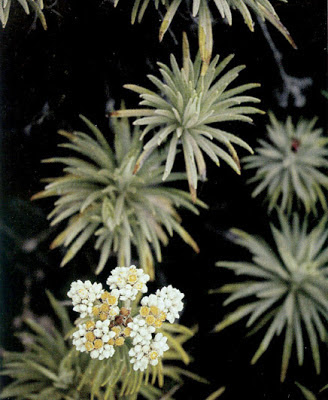Lombok is an
forgotten tales, legends, proud kings and ancient kingdoms. Lombok is, in many
eyes, a sleeping beauty: mysterious and inescapably seductive. Hidden bays,
secluded white beaches, picturesque landscapes and thousands of other secrets
are waiting to be revealed by those who venture here.
Often
misrepresented as a poor cousin to the high-profile tourism hub of Bali, which
sits just next door, popular perceptions of Lombok are now beginning to change
as visitors start to eschew the over developed, modernised version of paradise
across the water and head into as-yet-unspoiled Lombok to discover the timeless
beauty of village life and some stunning natural surroundings.
Trekking and
hiking through local villages, visiting hidden forests and discovering
waterfalls and swimming holes ojily requires a little direction while further afield-the
challenging slopes of the towering volcano. Mount Rinjani, beckon those who
enjoy more strenuous adventure with the possibility of encountering mystical
ceremonies under moonlight and sleeping in tents on the roof of Asia. And
indeed, witnessing the sun rising and illuminating the peaks of Mounts Agung, Bromo
and Merapi in the distance is something that experienced travellers talk of
with awe.
Mount Rinjani
dominates Lombok and is a still-active volcano that last erupted in 2010. However
the plumes that are often seen rising from this tire breather do nothing to
deter either the intense agriculture that takes place on the volcano's slopes
or the steady stream of climbers that treks towards the summit in order to experience
Rinjani's incredible caldera lake, Segara Anak (the Child of the Sea).
Legend tells that once upon a time, a family of monkeys was playing with the moon. After a while, the monkeys started to squabble over their bauble, none of them wanting to relinquish their grip, and suddenly the moon broke apart, falling into three pieces. According to this legend, one piece became Mount Merapi in Java, one piece became Ball's sacred Mount Agung.and the last piece became Mount Rinjani in Lombok, home of the goddess Dewi Anjani. These legends and mystical beliefs are kept alive through Lombok's various annual festivals, which are held to honour the goddess and to appease the gods and the volcano. Colourful processions take place mainly on the island's west coast, where Balinese Hinduism fuses with the beliefs of Lombok's native Sasak population through a combination of worship and ani-mistic symbols.
Rinjani is
part of Indonesia's first volcanic national park. Established in 1997, the park
is now looking to enhance its status through UNESCO as the government attempts
to establish the country's first "geo-park". Successful or not, this
attempt to gain recognition for Rinjani is an example of just how revered this
mountain is, and of the strength of the lure and the lore of this magnificent
geographical monument.
As a living volcano and the second-highest peak in the chain of volcanoes known as The Ring of Fire, Rinjani represents a challenging climb, though most should be able to make it up to the top. Volcano trekking has these days gone beyond the realms of individual challenge however, with ecological and ethical issues now coming more to the fore. Lombok, thankfully, is attempting to foster fair treatment of its guides and porters, as they in turn look to foster eco-tourism and learn lessons from their near neighbours regarding the dangers associated with putting everything up for sale.
A three-day trek will introduce climbers to an intense ecosystem that nurtures, and at times endangers, the area's villages. Rinjani's lower slopes are cultivated intensely, with their rich soils proving perfect for rice, soybeans, coffee, tobacco, cinnamon and vanilla, a veritable food basket for the island. Meanwhile, on the forest slopes above, Lombok's weather is created, and the entire island's water cycle is the result of this dynamic tension between land, sea and sky.
Rinjani is
considered by the local Sasak population, as well as the Balinese, to be a home
of the gods, and it is easy to see why. Along with its great majesty comes a
fearsome beauty, and in its wealthy abundance there also lies the threat of
scarcity. Like the ancient gods, the volcano has the power to rain either
fortune and fertility, or fire and fear down on its worshippers.
Don't miss the
opportunity to experience Mount Rinjani firsthand, and the area's many hotels
and trekking guides offer plenty of different types of trips that cater to all
needs and time constraints. The adventure of a lifetime beckons and the
conquest of a living, breathing volcano is surely something that will linger
long in the memory. It is unique experiences like this that make Lombok the
so-called "Sleeping Beauty" of Indonesian tourism. Pay a visit before
she wakes up!
Garuda Magazine 12.12








Tidak ada komentar:
Posting Komentar